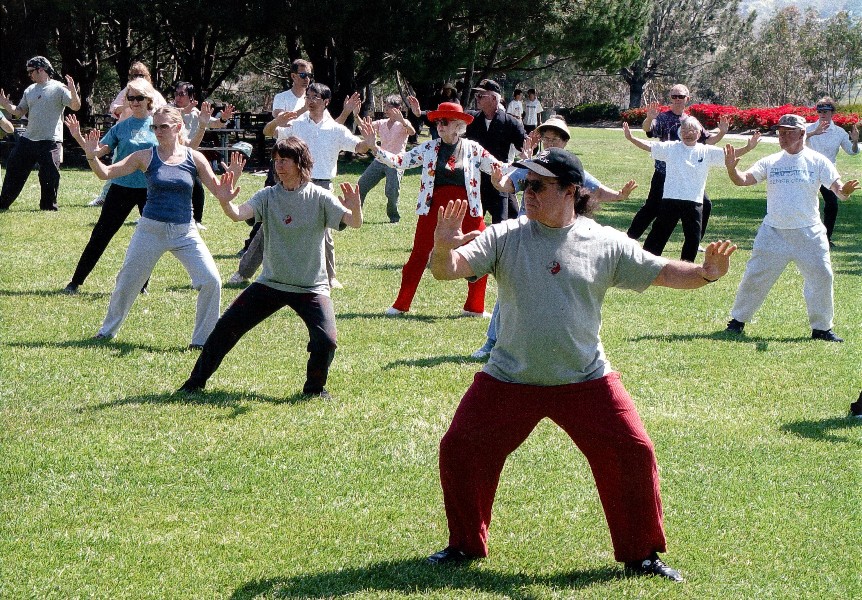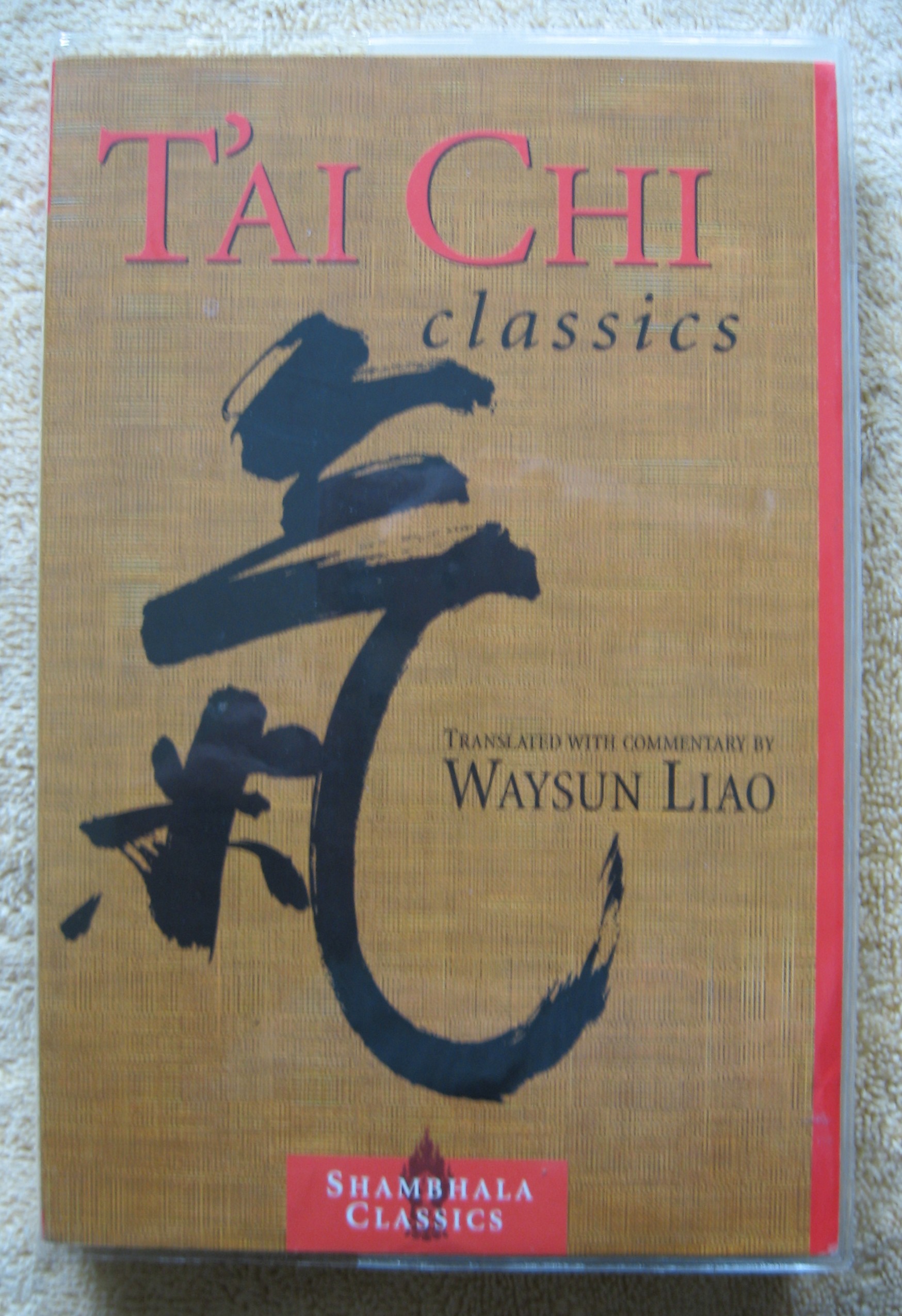 |
| (image credit) |
You may find yourself in a more complicated, threatening situation: There are multiple tracks, with multiple switches, and trains can come and go in all sorts of direction.
The basic principles of what I call T'ai Chi "train" self defense applies: Use common sense, and get out of the way. But in this situation, you clearly have to keep your senses up as long as attacks are in force, and you have to step out of harm's way more than once.








